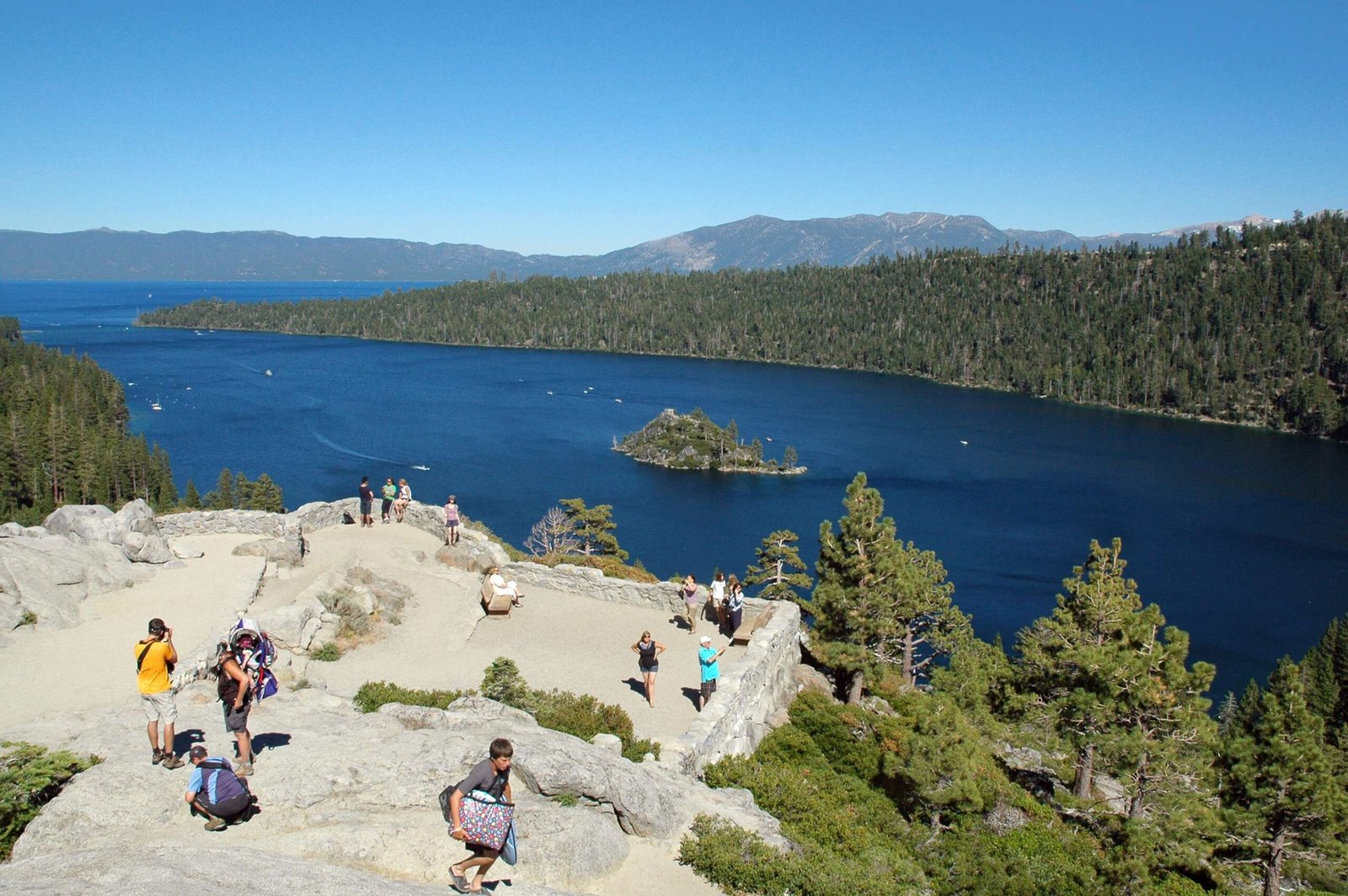Lake Tahoe snow roads present challenging winter driving conditions that demand strategic preparation and expert navigation skills. Traversing these mountainous routes requires understanding complex weather patterns, vehicle requirements, and safety protocols. Drivers must be equipped with knowledge about chain regulations, snow tire specifications, and real-time road condition monitoring to ensure safe mountain travel.
What Makes Lake Tahoe Snow Roads Unique?

Lake Tahoe’s mountain terrain creates distinctive driving challenges that differ significantly from standard winter road conditions. The region’s high-altitude environment, steep gradients, and rapid weather shifts demand specialized driving techniques and advanced preparation.
Key Characteristics of Lake Tahoe Snow Roads
| Road Feature | Description | Safety Recommendation |
|---|---|---|
| Elevation | 6,225-7,000 feet | Carry emergency supplies |
| Gradient | 5-15% steep slopes | Use 4WD or AWD vehicles |
| Snow Accumulation | 300-500 inches annually | Mandatory tire chain requirements |
How Should Drivers Prepare for Lake Tahoe Snow Roads?

Vehicle Preparation Checklist
- Winter Tire Installation
- Minimum 3/16 inch tread depth
- Snow/mountain rated tires
-
Studded or studless options
-
Essential Emergency Equipment
- Tire chains
- Shovel
- Emergency blanket
- High-energy snacks
- Flashlight
- Mobile phone charger
What Are the Primary Driving Techniques?
Snow Road Navigation Strategies
Successful mountain driving requires understanding fundamental techniques:
- Maintain slow, consistent speeds
- Increase following distance (5-6 seconds)
- Avoid sudden steering movements
- Use gentle brake applications
- Watch for black ice zones
Where Can Drivers Get Real-Time Road Conditions?
Recommended Information Sources
- California Highway Patrol: 1-800-427-ROAD
- Nevada Department of Transportation: 877-687-6237
- Caltrans Website: Real-time road updates
- Local Ski Resort Websites: Specific mountain road conditions
What Legal Requirements Exist?
Chain Control Regulations
During winter months, California and Nevada enforce strict chain control laws:
- R1: Chains recommended
- R2: Chains required for all vehicles except 4WD
- R3: Chains mandatory for all vehicles
How Much Does Weather Impact Road Conditions?
Seasonal Snow Accumulation Patterns
- November-December: Initial snow buildup
- January-February: Peak snow accumulation
- March-April: Gradual snow reduction
What Are Common Road Hazards?
Potential Winter Driving Risks
- Sudden whiteout conditions
- Unexpected ice patches
- Reduced visibility
- Steep mountain grade slippage
- Limited emergency services access
Expert Recommendations
Professional Driving Tips
- Check weather forecasts before departure
- Plan alternative routes
- Communicate travel plans
- Carry additional fuel
- Maintain vehicle winter readiness
Conclusion
Lake Tahoe snow roads demand respect, preparation, and advanced driving skills. By understanding local conditions, maintaining proper equipment, and practicing cautious driving techniques, travelers can safely navigate these challenging mountain routes.
Reference:
– California Department of Transportation
– Nevada Department of Transportation
– Lake Tahoe Official Tourism Site

